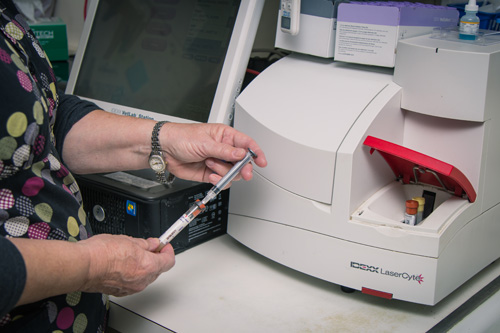
Some patients describe a metallic taste or cool sensation after the injection. The injection is called “contrast” and allows for greater visibility of some parts of the body. You are welcome to listen to your own music on your own device – just let your technologist know and they will set it up for you.ĭepending on your situation, you may receive an injection during the procedure. We will supply you with earplugs and/or headphones. These sounds are normal and will last a few minutes. The equipment does not touch your body but you will hear buzzing and tapping noises from the machine. You don't feel the magnetic field or radio waves, and there are no moving parts around you. There is light and plenty of air within the magnet.

The scan takes from 15- 30 minutes depending on the purpose of your scan. You will be able to speak to and hear the MRI technologist over an intercom. With Bridgeway’s scanner, you may enter head first or feet first for all exams. Once you are comfortable, the technologist will move the table into the MRI scanner. A device called a coil will be placed around the area of your body we are scanning. The technologist is specially trained and certified by the American Registry of Radiological Technologists to take care of you during your MRI scan. Once changed, our technician will guide you to the MRI room. Our changing rooms offer secure lockers, but we encourage patients to leave valuables at home. Many other scanners in this area do not have this capability.įor renal impaired patients or those with a contrast allergy, we offer head to toe non- contrast vascular imaging, including renal artery exams and bilateral lower extremity runoffs.ĭuring your visit, a technician will show you to the changing area to change into a gown if necessary.

We also have the capability of imaging patients with metal implants such as knee, hip and shoulder replacements, among others. Unlike some other scanners in the area, ALL exams can be conducted with feet first or head- first entry. It’s design is easy on patients, too: Its opening is wider and the bore shorter than other MRI scanners, making it faster and more comfortable including larger patients or those who may be considered claustrophobic. Our scanner can identify and image extraordinarily fine detail, allowing us to identify anomalies earlier or faster. We made a significant investment in this new equipment because precision imaging can truly save lives.

Our GE MRI scanner is a very good example of the newest technology in clinical imaging. In our line of work, the tools and technology really do make a difference.


 0 kommentar(er)
0 kommentar(er)
